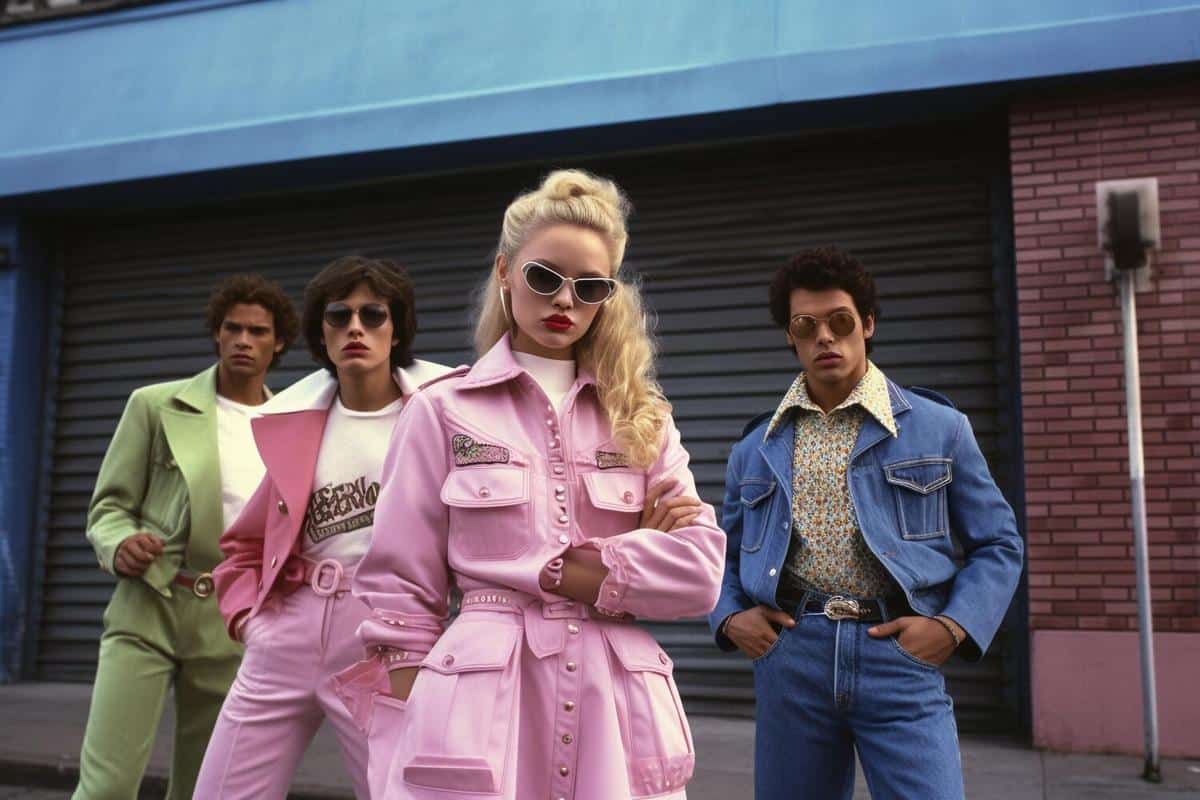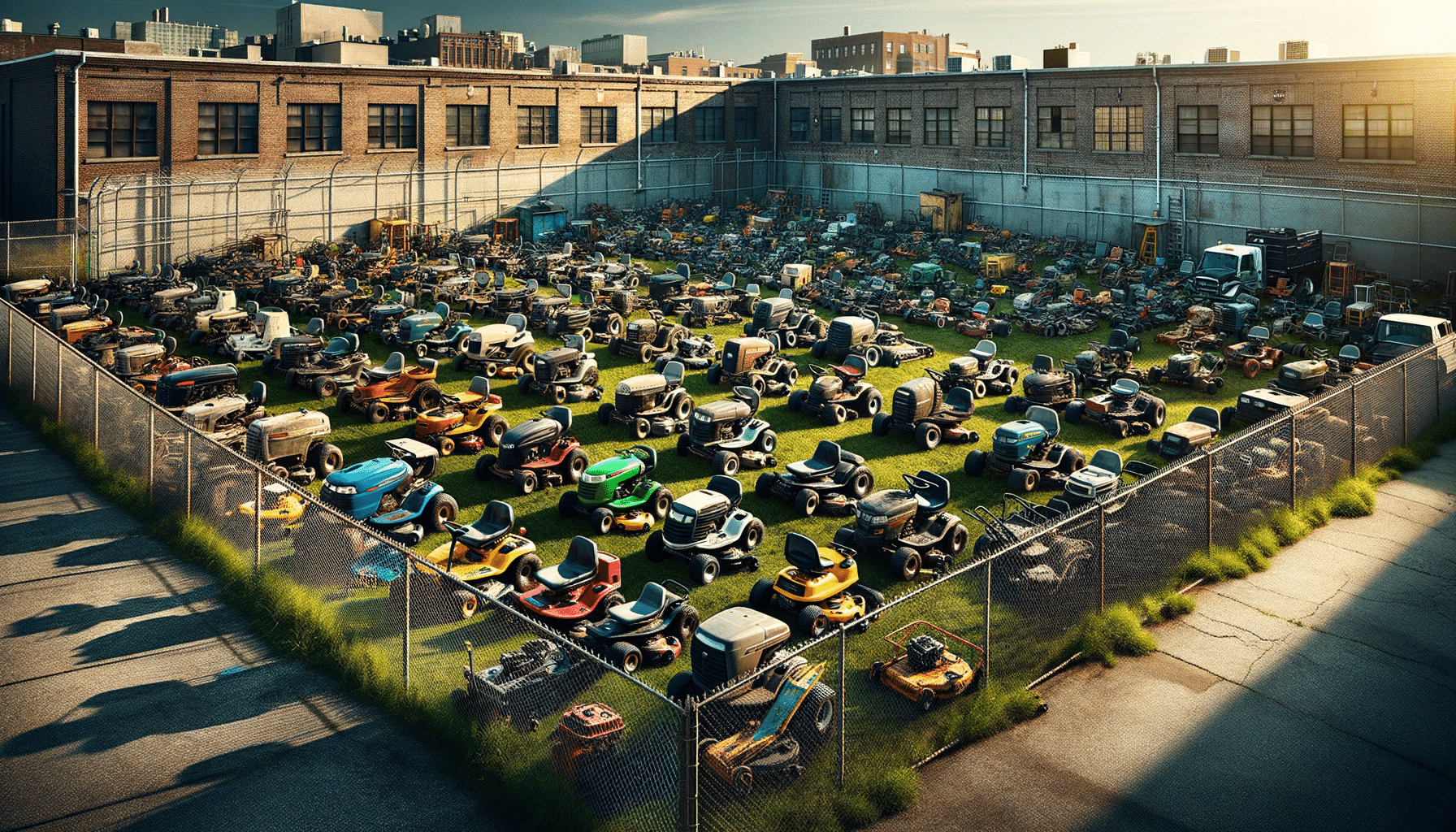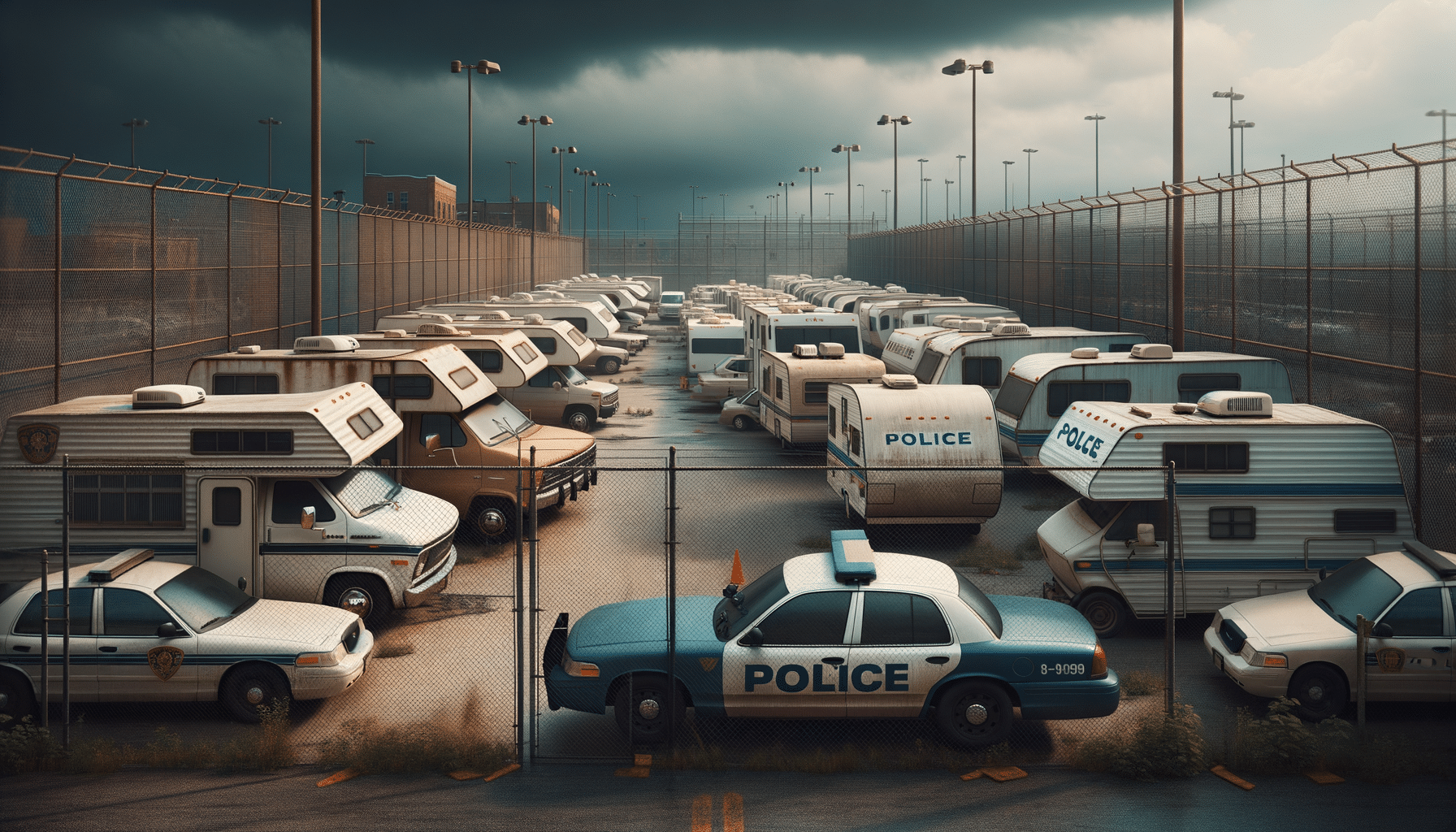
The Power of Vintage: How Retro Pieces Dominate the Street Style Scene
Vintage clothing is not just a nostalgic nod to the past; it’s a powerful statement in today’s street style scene, where retro pieces are celebrated for their unique charm and timeless appeal.
Why Vintage is Thriving
In the realm of fashion, vintage items have made a significant comeback, becoming a staple in street style. According to a report by ThredUp, the secondhand market is projected to double in the next five years, showcasing the growing demand for vintage clothing. This trend is fueled by fashion enthusiasts who appreciate the unique aesthetics and sustainability that vintage offers.
Expert Opinions
Fashion historians often point out that vintage clothing provides a sense of authenticity and individuality. Renowned stylist Lisa Aiken mentions, ‘Vintage pieces allow individuals to express their personality in a way that contemporary fashion sometimes cannot.’
Personal Anecdotes
Consider the story of Alex, a street style aficionado who stumbled upon a retro leather jacket at a local thrift store. The jacket not only became a conversation starter but also a cherished piece in their wardrobe, proving the power of vintage to transform an outfit.
Actionable Tips for Incorporating Vintage
- Mix and match: Pair vintage items with modern pieces to create a balanced look.
- Accessorize creatively: Use retro accessories to add a touch of vintage flair.
- Shop sustainably: Visit local thrift stores or online platforms dedicated to vintage fashion.
Pro Tip: When shopping for vintage, focus on quality over quantity. Look for well-made pieces that have stood the test of time.
Comparison Table of Vintage vs. Modern Fashion
| Aspect | Vintage | Modern |
|---|---|---|
| Uniqueness | High | Variable |
| Environmental Impact | Low | Varies |
| Cost | Variable | Variable |
| Availability | Limited | High |
| Authenticity | High | Variable |
| Durability | Often High | Varies |
| Trendiness | Timeless | Seasonal |
| Sustainability | High | Varies |
FAQs on Vintage Street Style
How can I start incorporating vintage into my wardrobe?
Begin by adding one or two standout vintage pieces that complement your current style. Over time, expand your collection with items that resonate with your personal taste.
Where can I find quality vintage clothing?
Explore local thrift stores, estate sales, and online platforms that specialize in vintage fashion to find unique and quality pieces.
Conclusion
In summary, the power of vintage in street style lies in its ability to offer individuality, sustainability, and a connection to the past. By embracing retro pieces, fashion enthusiasts can create distinctive looks that stand out in the ever-evolving fashion landscape. So, next time you’re on the hunt for a new outfit, consider the charm of vintage and let your personal style shine through.


